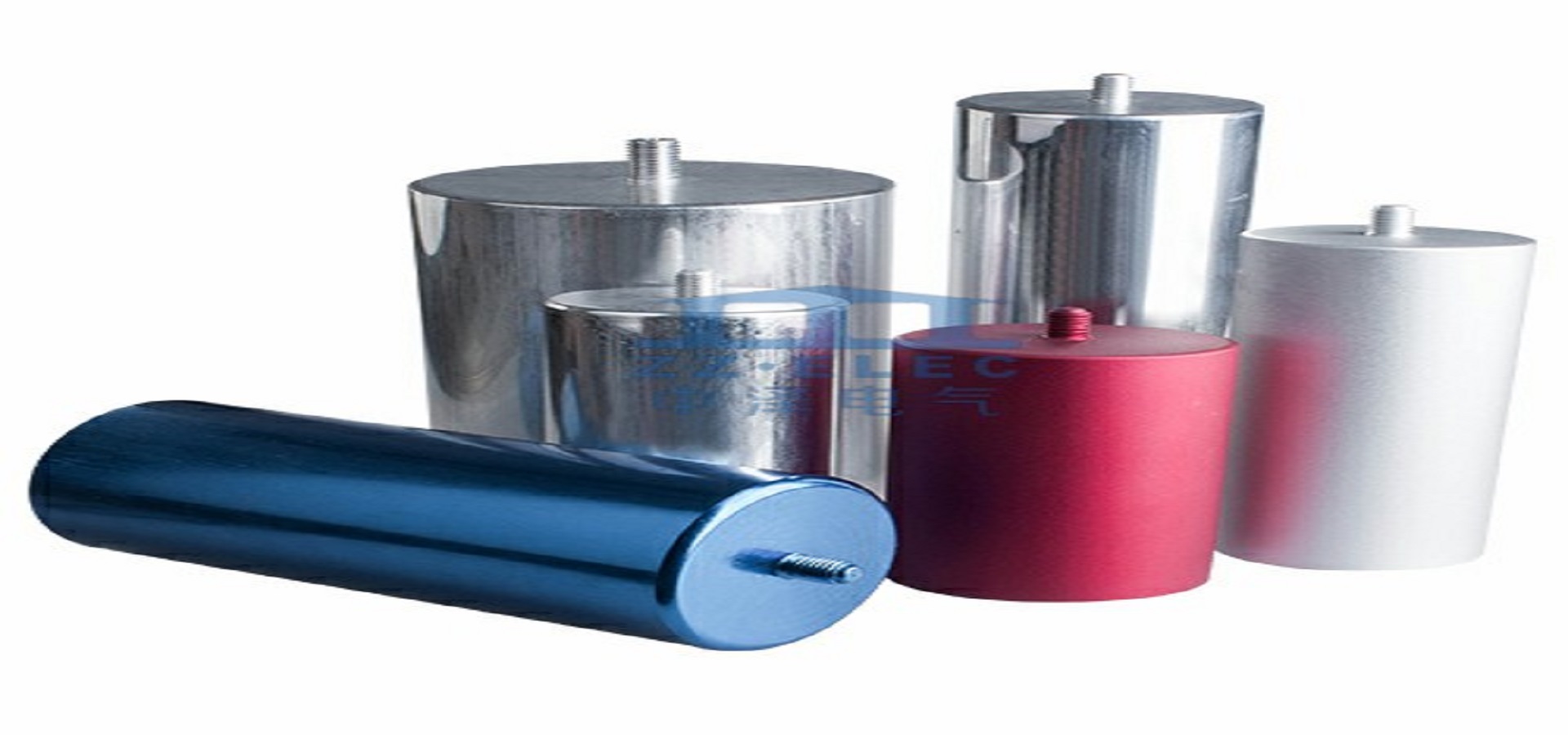Lithium-ion batteries rely on various components, including graphite and cobalt. Graphite is commonly used for anodes in lithium-ion batteries. Its purity and grade are important. Most of the
lithium battery components are synthetic, though some are made from mineral ore.
Lithium batteries are increasingly used in consumer electronics devices, such as smartphones and tablets. The rapid expansion of the consumer electronics sector and support from governments and industry associations are driving demand for lithium battery components worldwide. The Asia Pacific region is a major market for lithium battery components, with China accounting for a large share in the region. Its dominance is due to the low cost of labor and easy access to raw materials.
Lithium-ion batteries consist of two electrodes, the cathode (the positive electrode) and the anode (the negative electrode). The cathode is composed of a lithium-based compound, while the anode is made of carbon. Each of the electrodes is separated by an electrolyte, which differs depending on the type of battery.
The positive electrode material in a lithium battery determines the working potential. Lithium nickel manganese cobalt oxide (NMC) is the common material for cathodes. The positive electrode is a much larger proportion of the battery cell's cost. In addition, positive electrode materials deserve special attention for recycling.

